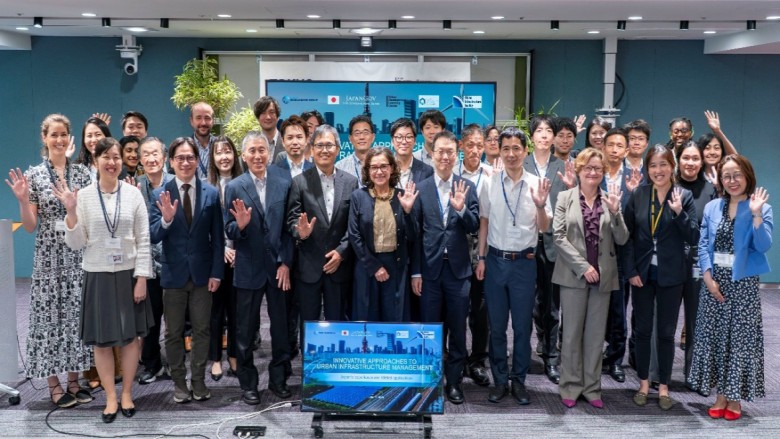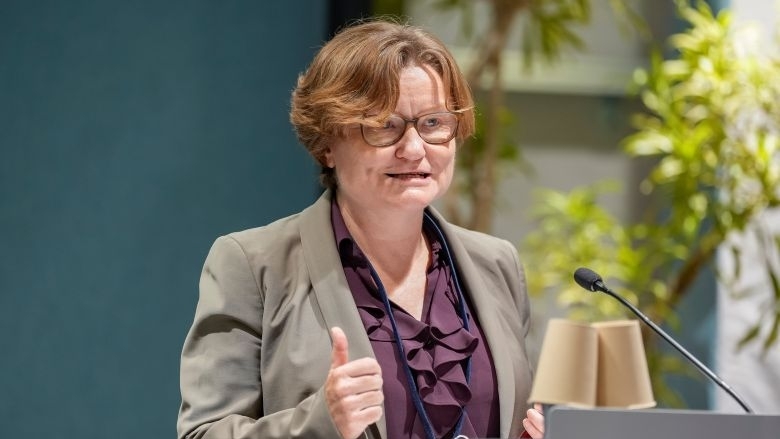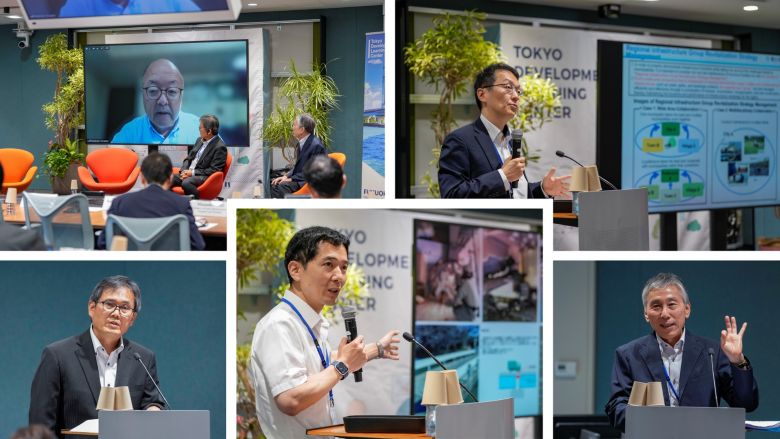
In the world of rapid urbanization, where 7 in 10 people are expected to live in cities by 2050, cities must have urban resilience and livability ensured with quality urban infrastructure. Urban infrastructure investment needs are projected at $4.5 to $5.4 trillion annually through 2030. To deliver and maintain the urban infrastructure as well as the quality level of local services have been key agendas for knowledge sharing initiatives of the World Bank Tokyo Development Learning Center (TDLC).
On June 17, 2025, experts and stakeholders gathered for a seminar on Innovative Approaches to Urban Infrastructure Management, organized by TDLC in collaboration with the Quality Infrastructure Investment (QII) Partnership and the Global Infrastructure Facility (GIF).
The event featured presentations from the World Bank, Japan’s Ministry of Finance (MoF), Ministry of Land, Infrastructure, Transport and Tourism (MLIT), Fukuoka City, University of Tokyo, and private sector entities. The seminar focused on infrastructure longevity plans, multi-stakeholder engagement in operation and maintenance (O&M), local government initiatives, and mobilizing public-private partnerships (PPPs) in urban infrastructure management. Participants learned about Japan's structured and preventive maintenance strategies, community-based and data-driven approaches, and the importance of engaging diverse stakeholders in sustainable asset management.
The event started off with the framing presentation by Jane Jamieson from the QII and GIF of the World Bank Group highlighted the high returns of investing in resilient infrastructure, with every $1 invested yielding $4 in benefits. A shift from "breakdown maintenance" to "preventive maintenance" is vital for reducing costs and extending asset lifespans.

The seminar highlighted the critical need for preventive maintenance to ensure infrastructure sustainability, cost-efficiency, and resilience. Mr. Masashi Iwai from Japan's MLIT demonstrated that preventive maintenance could significantly reduce maintenance costs and lifecycle expenses. Professor Tomonori Nagayama from the University of Tokyo highlighted the criticality of multi-stakeholder’s engagement platform in advancing the O&M of urban infrastructure, taking an example of his initiative in Hamamatsu-city in Shizuoka prefecture. QII and GIF supported cases from India and Indonesia, shared by Mr. Yukinori Kawashima of Nissuikon Consultants and Mr. Makoto Ozawa of PT. AMO also emphasized the role of PPPs in innovative infrastructure management, showcasing successful models of private sector involvement in Japan and globally. Mr. Teiji Sugaya of Fukuoka city government has stressed the importance of planning based on PDCA (Plan-Do-Check-Action) approach and how to integrate the conventional parts and equipment for the O&M to be done quick and smoothly. He also highlighted technological advancements such as AI and drone technologies may have potential to enhance maintenance efficiency.

The seminar concluded with a call for continued engagement and knowledge exchange to translate these insights into actionable strategies for developing countries, focusing on localized infrastructure longevity plans, effective PPP models, data-driven O&M planning, and multi-stakeholder engagement at the municipal level.
The presentation materials used for the session are available with the links below.
- Infrastructure longevity plan and its action plan focusing on sewage system by Masashi Iwai, Ministry of Land, Infrastructure, Transport and Tourism (MLIT)
- Multi-stakeholders' engagement in Operation and Maintenance of Urban infrastructures by Professor Tomonori Nagayama, University of Tokyo
- Operation and Maintenance initiatives at the local government - cases from Japan by Teiji Sugaya, Fukuoka city
- Japanese experience in Public-Private Partnerships in the Sanitation Sector - Japan QII case study by Yukinori Kawashima
- Waste-to-energy in Indonesia – GIF case city by Makoto Ozawa